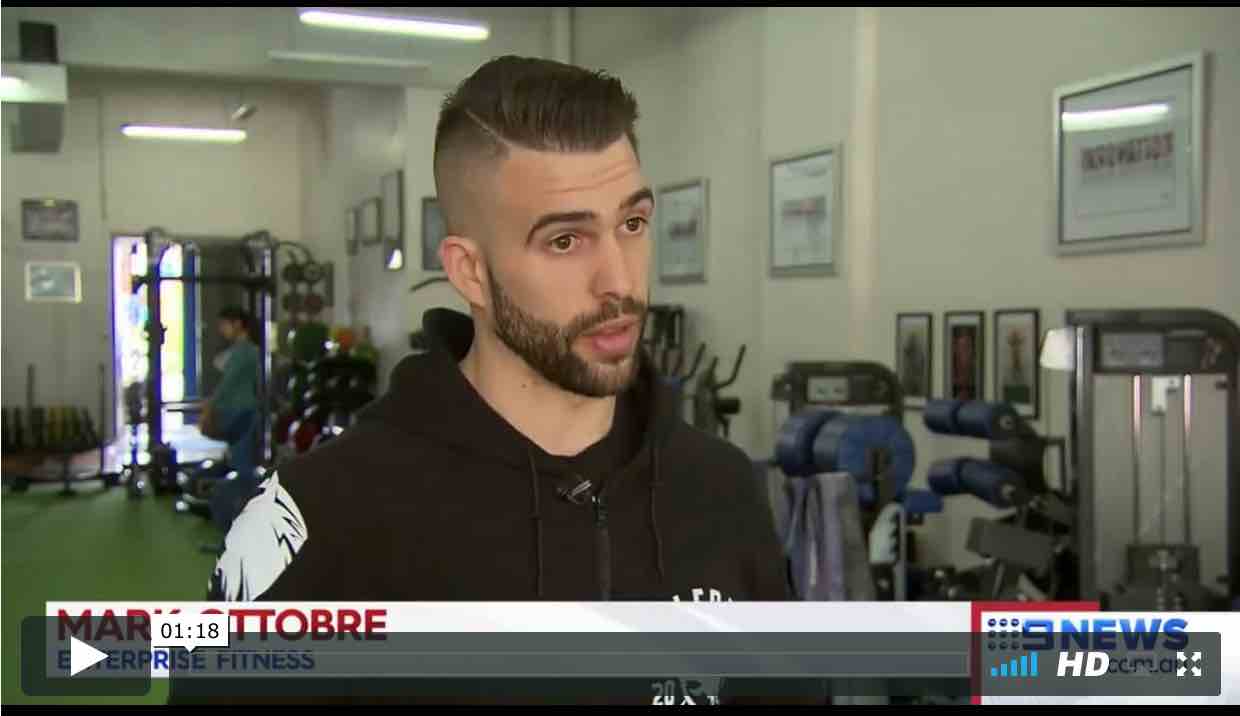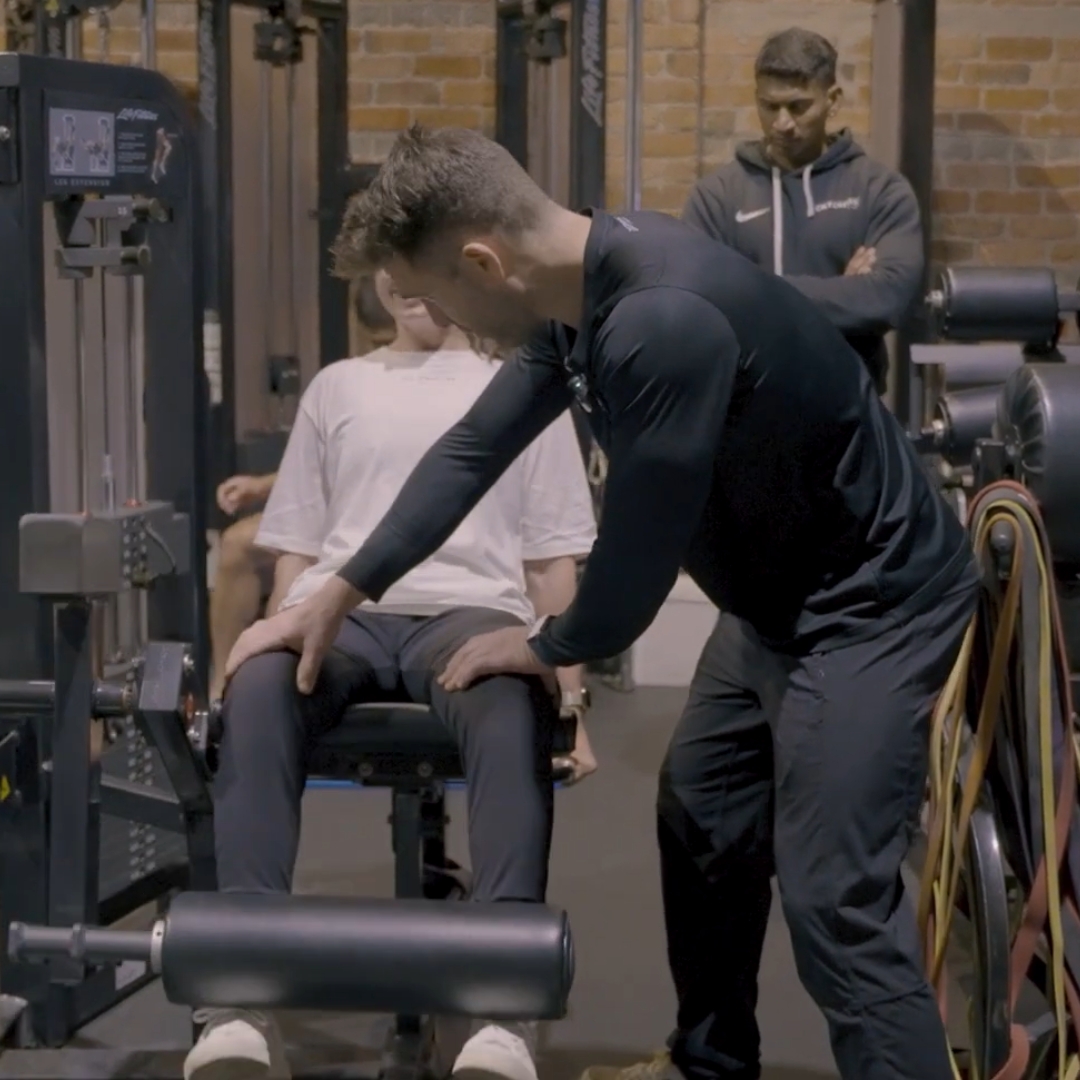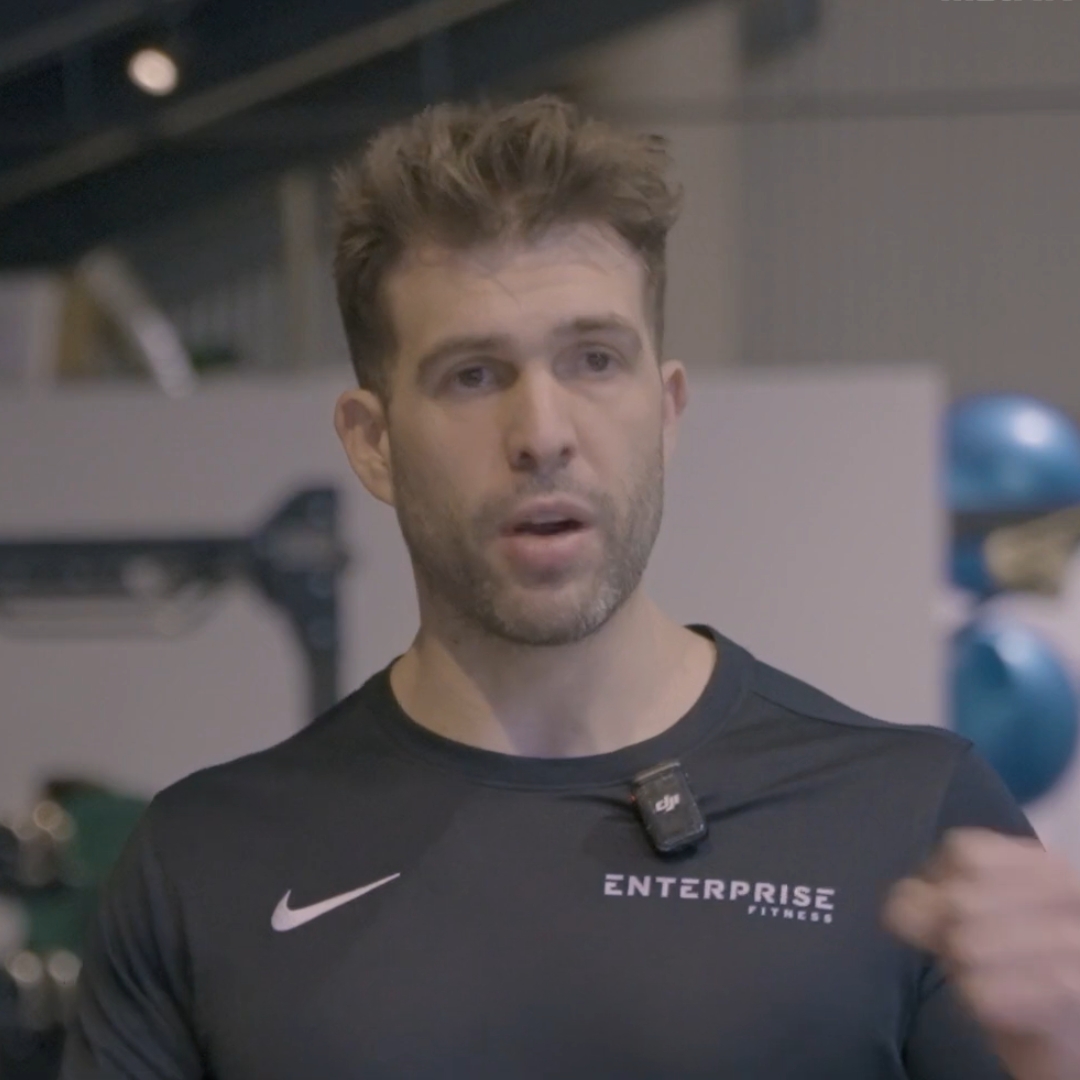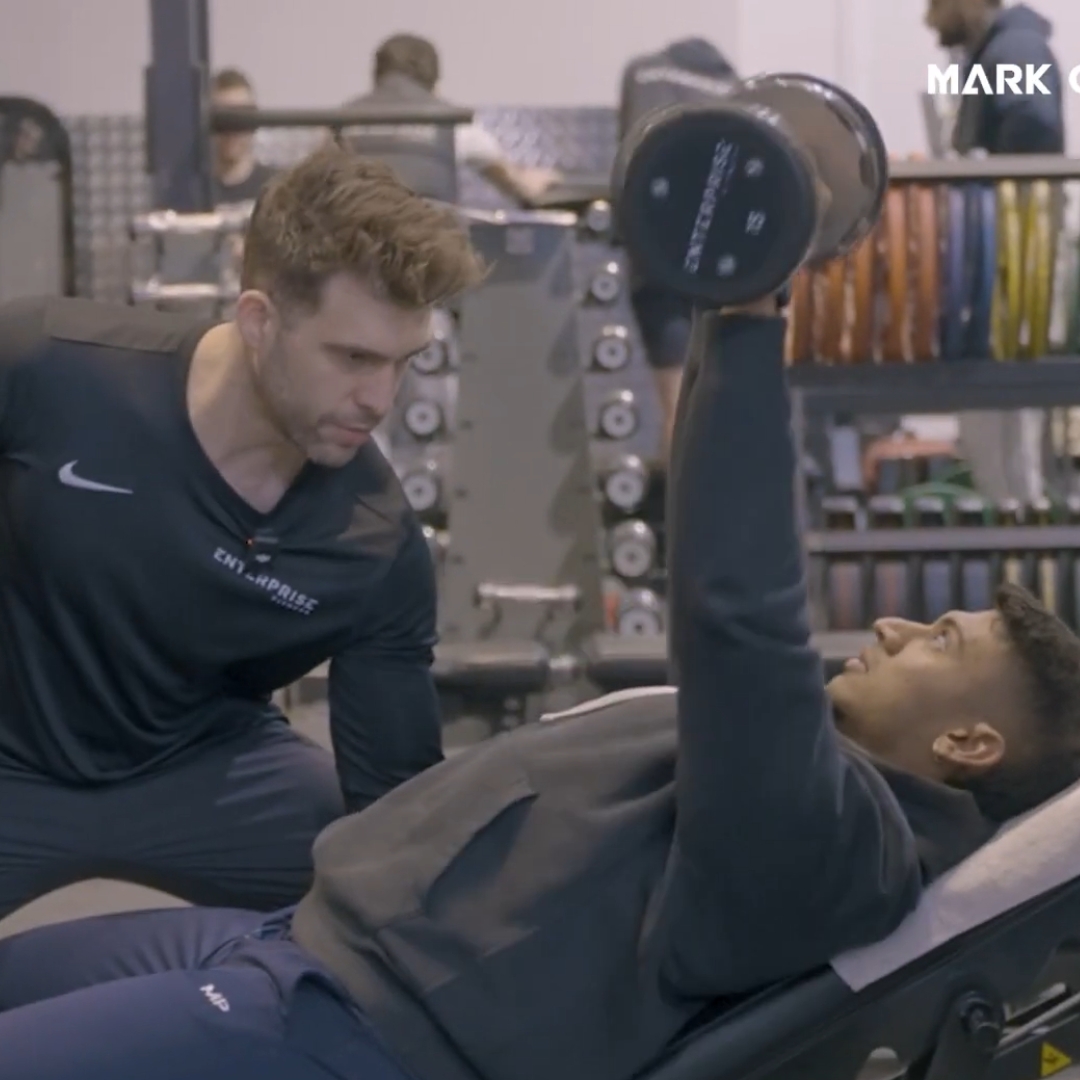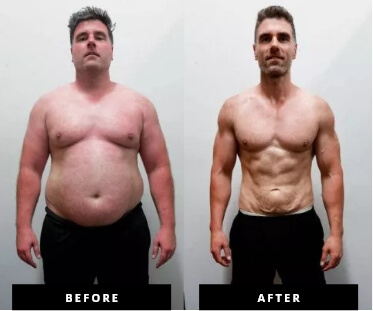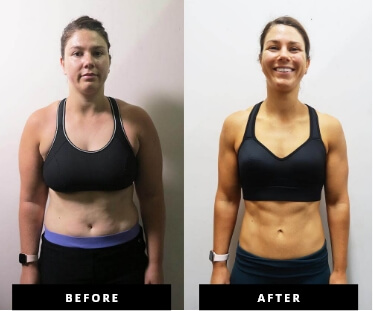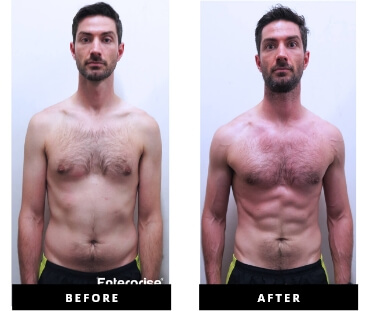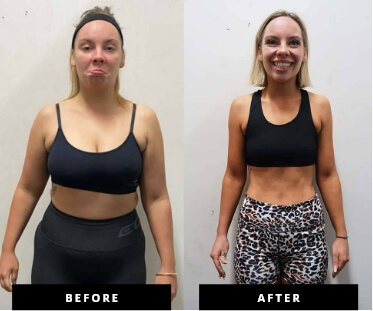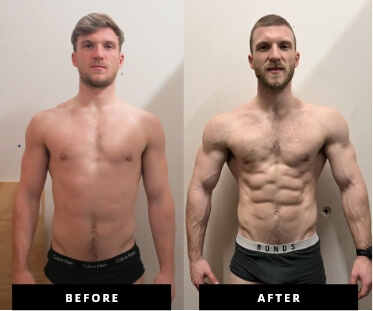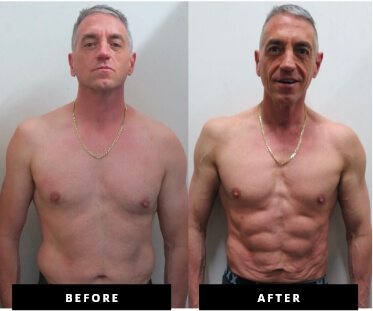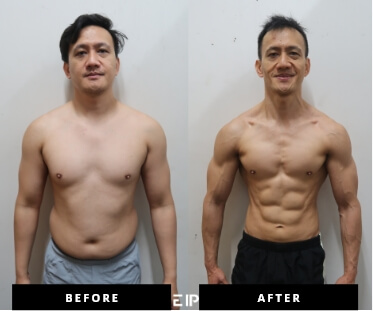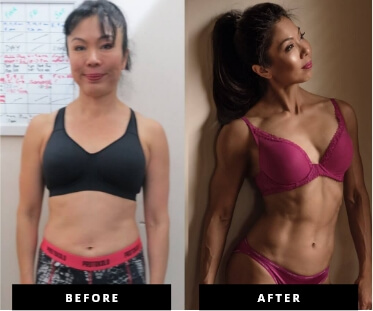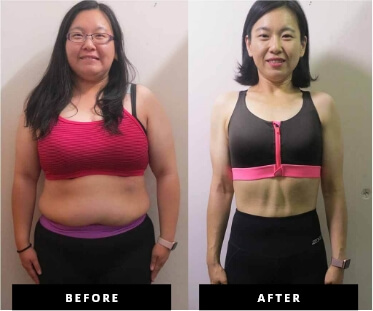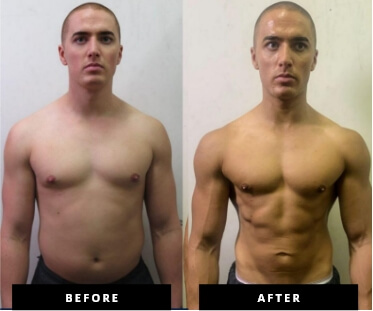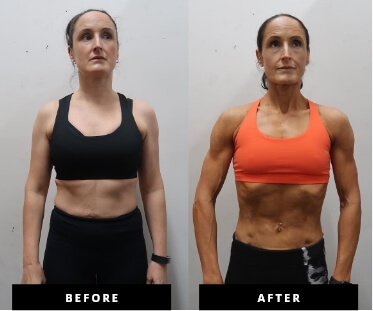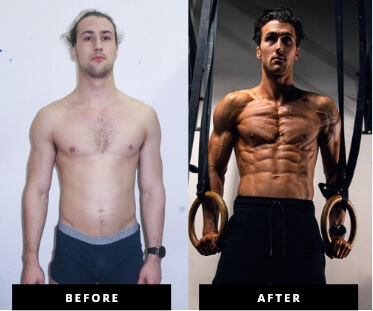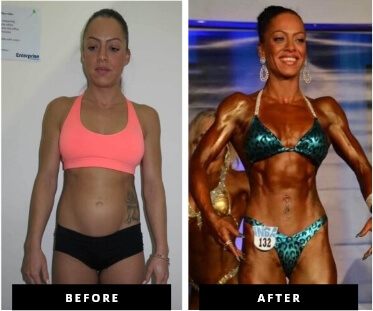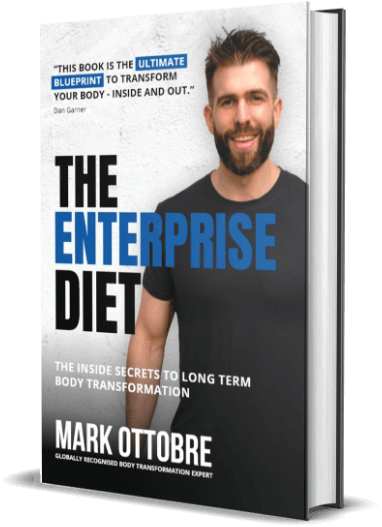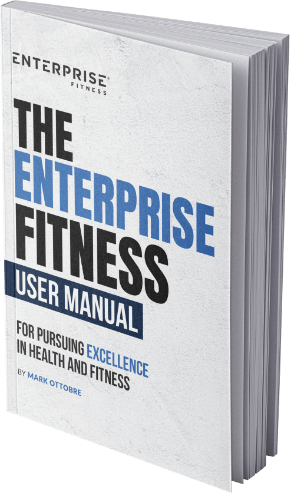Learn how antioxidants and fat and water soluble vitamins work in the body with this visual demonstration.
I find visual metaphors both fun and create memorable learning moments for our students in Wolfpack. That’s why as part of Wolfpack, we also teach an introduction to the wonderful world of Muscle Testing.
Our nutrition and supplementation seminar is a 4-day extravaganza! We invite in top people in the field including naturopaths so we can give our students a diverse understanding of the world of nutrition and supplementation.
From understanding the psychology of dieting, eating for performance, counting macros, to understanding blood markers and having intelligent conversations with clients about lifestyle factors; this course has you covered.
Related Posts
- Andrew Lock | The Physio That Makes You Strong | Wolf’s Den Interview
- Tony Doherty | Better Than Your Previous Best | Wolf’s Den Interview
- Charles Poliquin | An Interview on The Poliquin Legacy
Transcript From How Antioxidants and Fat and Water Soluble Nutrients Works video
Due to the nature of transcriptions, we cannot guarantee accuracy, spelling or grammar. We provide the transcription as a way to skim through the content and as revision notes.
This transcription will contain errors.
Now we’re going to talk about antioxidants and oxidative stress, and I thought, well, let’s actually visually demonstrate how antioxidants work in the body and oxidative stress. So oxidative stress is basically the process of your, you have essentially charged particles in the body that need to be cleaved and when they’re not clean to creates free radicals and those free radicals, great oxidated damage. So you can never outrun oxidative stress because the more, the more say for example, antioxidants, you have, the more charge particles you have in the body. So it’s always this thing of you’re chasing oxidative stress out of the body because you can’t, those particles need something to be cleaved. So to make that make a bit more sense. Say I’m cold, if I’m cold, I’ll grab a painting, but now he doesn’t have a beginning. So then he grabs Andrea scuff, she doesn’t scuff, so she grabs amy’s jacket and amy doesn’t have a jacket.So she grabs brands, jumper Brenda’s and have a jumper. So he grabs a cams, vests and the cycle just continues. You can overdo antioxidants. Absolutely. I’m in. The more antioxidants you add, essentially they’re things that need to be cleaned as well, that need to be charged particles as well. So if I have this apple and I cut open the apple, right, oxidative stress starts to occur. So if I leave this apple here for say an hour or so, we’ll come back to it. What’s going to happen to one side of the Apple Brown? They’re going to get brown eventually, right? But if I have this lemon that’s oxidative stress. Okay. Sorry. I might need a sharper knife or I might just need to man up.Right? So I’m manning up and uh, there we are. If I pull a lemon over this, what’s going to happen to this apple? So if I had limited, this is someone just be able to detail. Um, so this side is what, what’s gonna have to this side and what’s going into this side. Eventually it will go brand. What’s going to be a lot full of why? Because of a, it’s what I’ve been seeing. That lemon. There’s antioxidants in lemon. It’s going to slow down the oxidative process in the apple. So thank you very much. So oxidization is going to occur at a much slower rate. CanNot put too much lemon on the apple. Of course I can. Yeah, it can destroy it, right? That’s essentially, you know, this is already going Brown. This is staying a, a nice color, but the antioxidants in that are preventing the oxidative stress.
So it’s the, the free radicals are being now a neutralized with the vitamins scene. That’s basically what your antioxidants up. So when we talk about antioxidants, a big misunderstanding that goes along and we usually, lot of people when I see this with trainers particularly is I think of antioxidants like vitamin C or they just think it was like vitamin E and exclusively as one of the other. Something that you really need to know is that you have hydrophilic and hydrophobic particles in the body and you have hydrophilic and hydrophobic nutrients in the body. So for example, um, hydrophylic as the name would relate to hydrophylic particles that love water. I’m hydrophobic, like big phobic of something, uh, particles that hate water. So you can imagine, right? This is the body and this is suppose chemical processes. So I cut this orange or eventually unpeel it. Just need to man up here because I want it to sync. If I put it with without the wrapping on, it won’t sync. Yeah, the Christmas. Yeah.
This is a really juicy orange. So. Alright, great. That’s exactly what I wanted it to. Um, so vitamin C, you have basically antioxidants that are hydrophylic. They love water, your hydrophilic for a antioxidants, vitamin C and your b vitamins. So they, they love water, their water based. But the thing is when you’re doing like, say detox with someone, you need to understand that you can’t just have a hydrophilic, you need to have also hydrophobic. So hydrophobic particles as you can imagine, and hydrophobic antioxidants or your fat soluble. So that’s going to float. It hates water. Hydrophobic, Kate waters. So that sits at the top, that sits at the bottom. Now the way these two communicate each other, he’s very, very simple. So if this is a toxin, right? This goes inside the body. What’s going to happen is the fat soluble, which is your vitamin A, d, k, e, they’re gonna basically encapsulate the toxicity or the toxins in the body it’s going to encapsulate and then the butter is going to pass it on to the water soluble. The water soluble. Just imagine I didn’t do that. Is then going to be able to is there’s the toxin, right? Good analogy.
The water soluble isn’t going to be able to pass it through the body, but this is where you understand that the, the event eventually, uh, you know, if we squished up the orange, we’re going to pee through a lot of that and there’s going to be no more, I suppose the vitamin C and vitamin B with the fat soluble. It just continues to accumulate, right? It doesn’t really go anywhere because it’s hydrophobic. So you need both or look at that. Look at Brown. That is now the oxidative stress and this is why antioxidants are very, very important, but they can’t be over done. One of the most common ways that you can do overdo or create oxidative damage is how fatty acids, so having too many fatty acids in your diet, even like Omega threes for example, you can overdo Omega threes and I, there was a big movement for a while around dosing superdosing fish oil for example, but you have too much fish oil. It’s going to create oxidative damage as well, so you can’t do anything because there’s always going to be a benefit and a drawback to each. But, um, yeah, oxidative fats that oxidize dies, um, you know, are going to create damage. Um, and then again, you’re gonna need more antioxidants.


